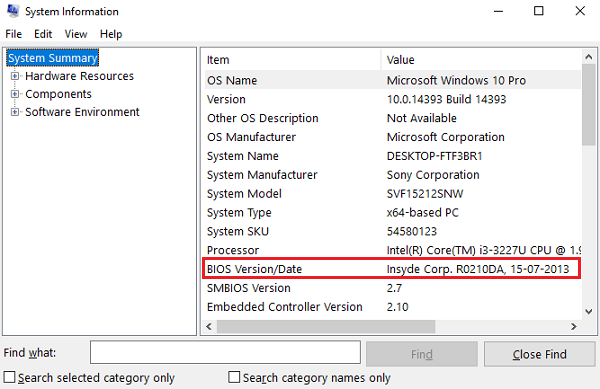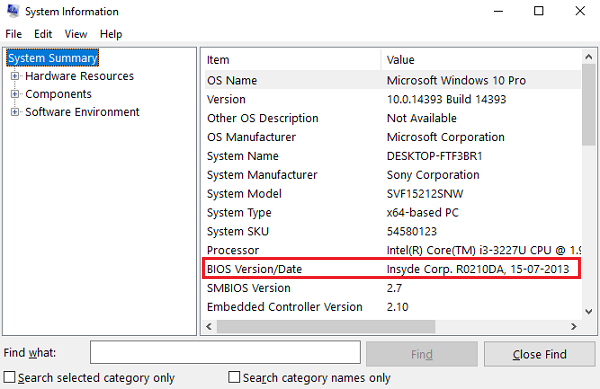Windows Laptop Battery Plugged in but Charging slowly or Not charging
Windows 11/ten users at times face problems that can get a little abrasive after a while, especially when yous run across that a new fancy update brings just near as many new bugs equally information technology fixes. The good affair is where there is a problem, in that location is a solution. If your laptop or batter has go, it is possible that information technology may charge slowly – but some users have reported that they face this trouble fifty-fifty on a new device. If your Windows 11/10/eight/7 laptop is taking forever or a long fourth dimension to charge, here are suggestions that could help you identify & ready the trouble yourself before you lot take it to a technician.
Windows Laptop Battery charging slowly
The possible reasons could exist:
- The battery is sometime or damaged
- The charger isn't uniform with your PC.
- The charger isn't powerful enough to charge your PC.
- The charger isn't continued to the charging port on your PC.
Hither are a few things you could try.
i] Perform Hard Reset
This solution ordinarily works when the device (with removable bombardment) charges slowly because it is constantly plugged in. Hither is how to become about information technology:
- Switch off the ability of the Windows device.
- Disconnect the charger and remove the battery from the device.
- Press and hold the power button for a minimum of 30 seconds. This volition discharge capacitors of the motherboard and reset retentiveness fries that were constantly active.
- Reinsert the battery, plug in and charge the device.
If this doesn't piece of work, try updating the BIOS.
2] Update BIOS
If the charging issue typical to your device is reportedly fixed in a afterward version, update the BIOS. Here is how:

- Printing Win cardinal + R key to go to the Run window.
- Type msinfo32 and hit 'Enter'.
- Check the BIOS version/Date info on the right pane of the Arrangement Information window. Notation down the version.
- Check if this is indeed the latest available version for your model. If not, update the BIOS post-obit the instructions on the support website.
If you don't want to update BIOS or if it is already updated and yet the problem persists, cheque out the next betoken.
Related read: Battery shows beingness charged merely battery percentage non increasing.
3] Battery scale
If you do non systematically charge the battery, the irregular battery drainage and charging cycles can meddle with the charging part. You need to re-calibrate the battery, and here is how:
- Discharge the battery 100%.
- In the Off mode, leave the device on accuse for about an hour more than the estimated fourth dimension information technology would accept to charge fully.
- With the charger plugged in, plough on the device to brand certain it has fully charged.
- Disconnect charger and use as usual. Avoid charging until the charge is low and do not unplug earlier the device has charged completely.
Maintain this charging ritual, and the issue will not reappear. If however, bombardment scale wasn't the result, go to method four.
Read: How to accuse your Windows 10 laptop without an OEM charger.
four] Perform a Battery check
As the device ages, the battery performance will keep dropping. Use an app such as BatteryInfoView to monitor current bombardment performance with respect to its optimum capacity. Replace the battery if the bombardment is not performing upward to the mark. Yous could besides generate a Battery Health Report using the Power Efficiency Diagnostic Report Tool.
5] Perform a voltage check
If none of the higher up solutions worked, perhaps every part of your device is fine, but the charger is non. To detect a faulty charger, perform a voltage examination with a voltage tester or multi-meter. If the voltage reading is lower than the original output printed, the charger needs to be replaced. Use some other uniform charger on your device and run into.
Read: Windows laptop turns off when unplugged.
Points to consider according to Microsoft:
- The charging cable doesn't meet the power requirements for the charger or PC.
- Some USB chargers, such as micro USB and USB-C chargers, use a proprietary charger. Therefore, your PC might merely be able to apply a charger from your PC manufacturer.
- A PC with USB-C connectors has higher ability limits than a PC that doesn't charge using a USB-C connexion. USB-C can back up up to 5V, 3A, 15W. If the connector supports USB Power Delivery, which is a standard, it can charge faster and at higher power levels.
- To get the fastest charging time, your PC, charger, and cable must support the industry standards. Your charger and charging cable must back up the power levels that the PC needs for the fastest charging time. For instance, if your PC requires 12V and 3A for charging, a 5V, 3A charger won't be the best for charging your PC.
Related read that may assistance you: Laptop Battery Usage Tips & Optimization Guide for Windows.

Source: https://www.thewindowsclub.com/windows-pc-battery-charging-slowly
Posted by: whitebrociall.blogspot.com


0 Response to "Windows Laptop Battery Plugged in but Charging slowly or Not charging"
Post a Comment